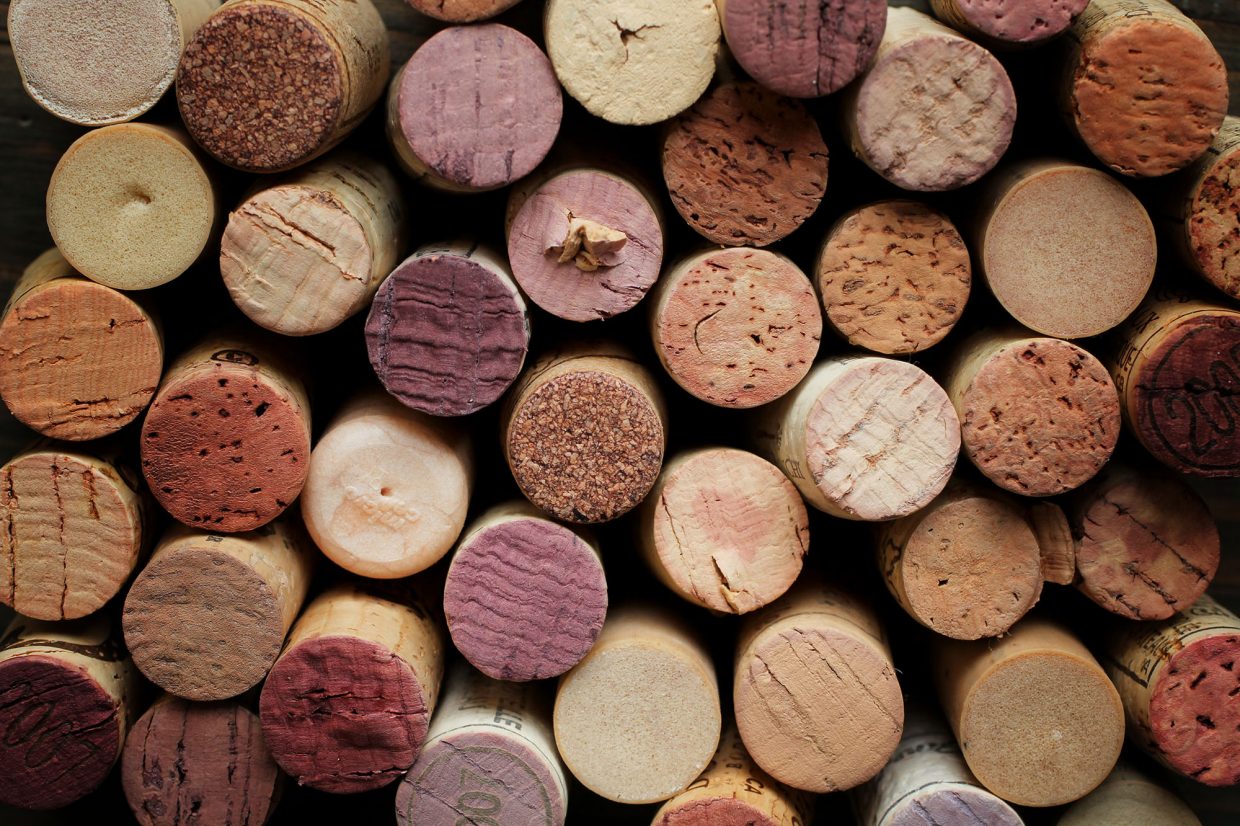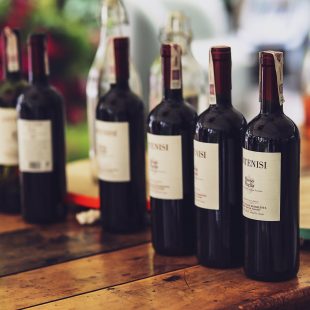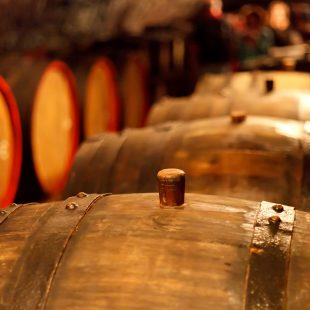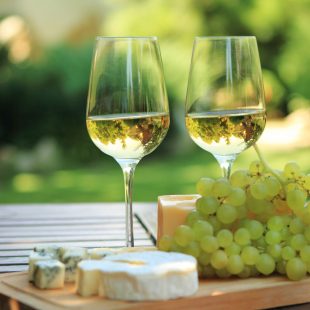The Power of Bordeaux

A Bordeaux wine is any wine produced in the Bordeaux region of France, centred on the city of Bordeaux and covering the whole area of the Gironde department, with a total vineyard area of over 120,000 hectares, making it the largest wine growing area in France. Average vintages produce over 700 million bottles of Bordeaux wine, ranging from large quantities of everyday table wine, to some of the most expensive and prestigious wines in the world. Eighty-nine percent of wine produced in Bordeaux is red (called “claret” in Britain), with sweet white wines (most notably Sauternes), dry whites, and also (in much smaller quantities) rosé and sparkling wines (Crémant de Bordeaux) collectively making up the remainder. Bordeaux wine is made by more than 8,500 producers or châteaux. There are 54 appellations of Bordeaux wine.
The vine was introduced to the Bordeaux region by the Romans, probably in the mid-1st century, to provide wine for local consumption, and wine production has been continuous in the region since then.
In the 12th century, the popularity of Bordeaux wines in England increased dramatically following the marriage of Henry Plantagenet and Eleanor of Aquitaine. The marriage made the province of Aquitaine part of the Angevin Empire, and thenceforth the wine of Bordeaux was exported to England. At this time, Graves was the principal wine region of Bordeaux, and the principal style was clairet. This accounts for the ubiquity of claret in England. The export of Bordeaux was interrupted by the outbreak of the Hundred Years’ War between France and England in 1337. By the end of the conflict in 1453 France had repossessed the province, thus taking control of wine production in the region.
In the seventeenth century, Dutch traders drained the swampy ground of the Médoc in order that it could be planted with vines, and this gradually surpassed Graves as the most prestigious region of Bordeaux. Malbec was dominant grape here, until the early 19th century, when it was replaced by Cabernet Sauvignon.
In 1855, the châteaux of Bordeaux were classified; this classification remains widely used today. From 1875–1892 almost all Bordeaux vineyards were ruined by Phylloxera infestations. The region’s wine industry was rescued by grafting native vines on to pest-resistant American rootstock. Red Bordeaux is generally made from a blend of grapes. Permitted grapes are Cabernet Sauvignon, Cabernet Franc, Merlot, Petit Verdot, Malbec and rarely Carménère. Today Carménère is rarely used, with Château Clerc Milon, a fifth growth Bordeaux, being one of the few to still retain Carménère vines.




